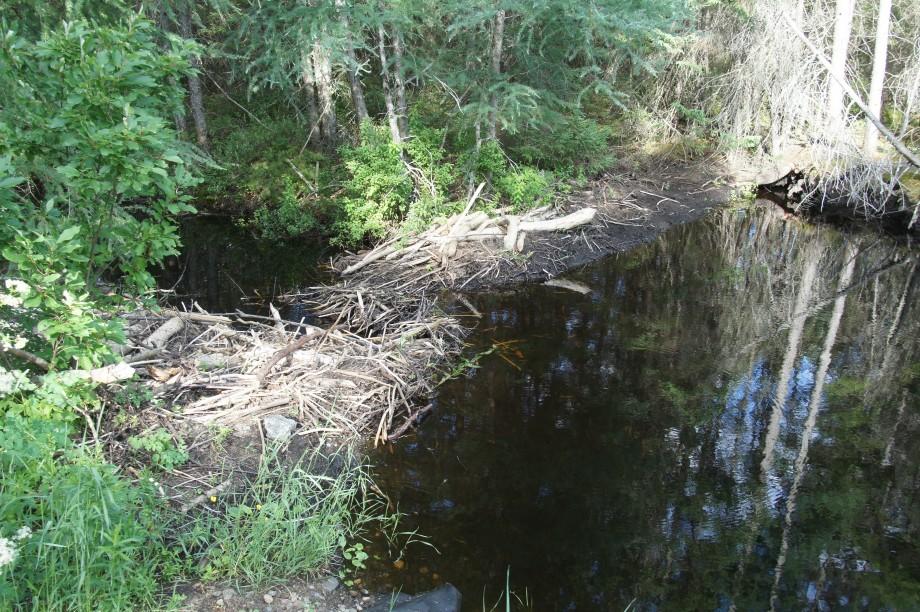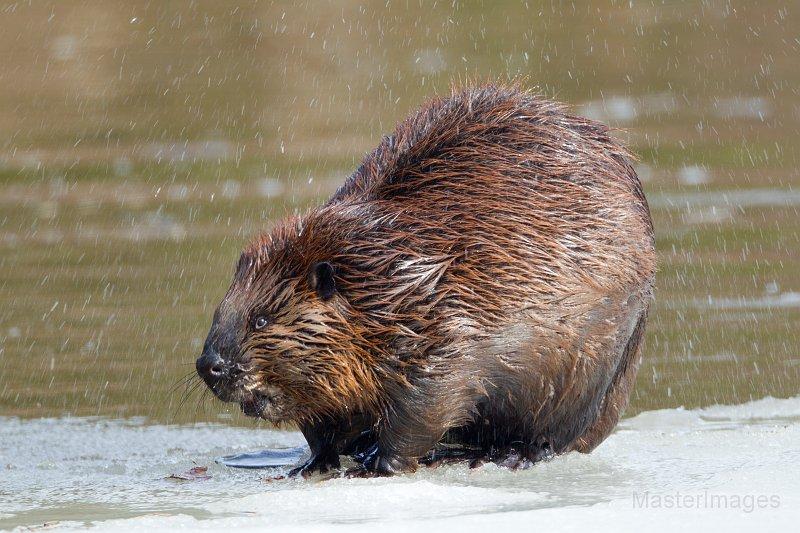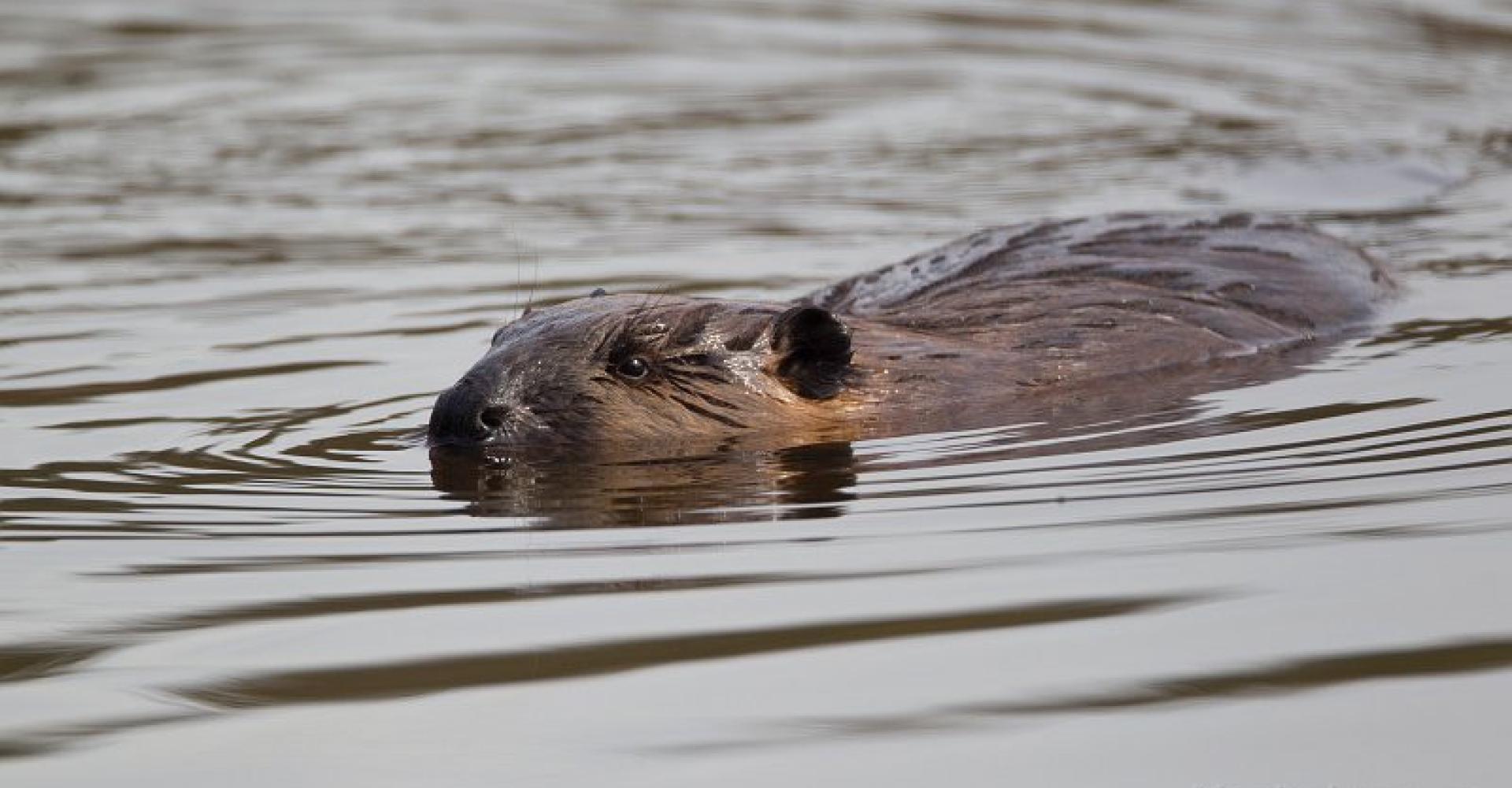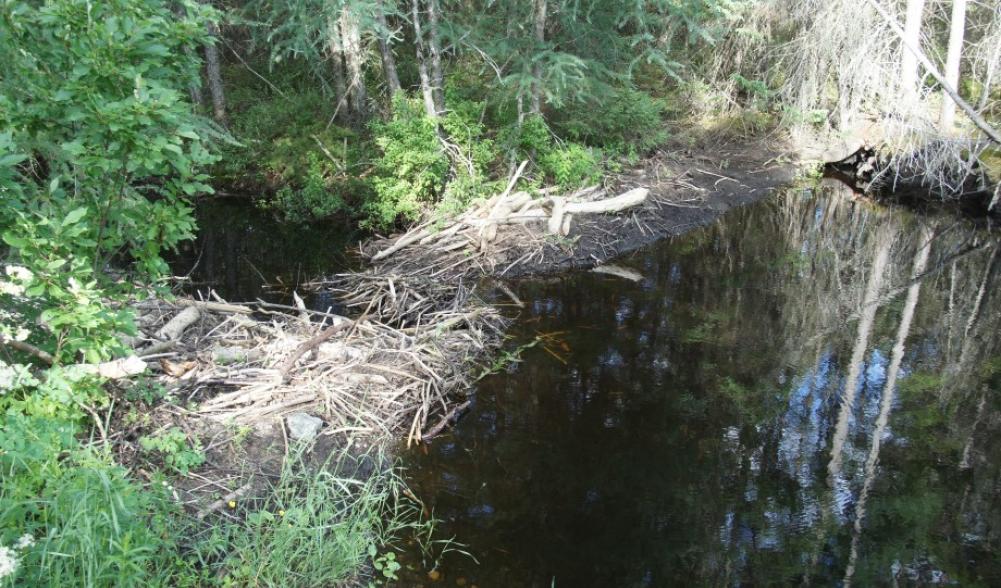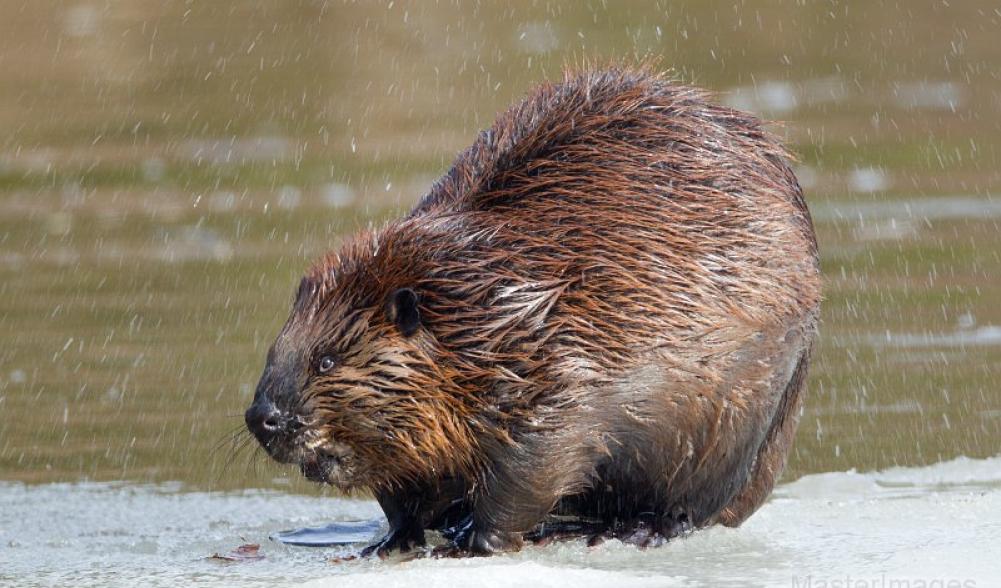range
Valid Apr. 6
- Apr. 6
Valid Feb. 21
- Apr. 6
Solar Eclipse Storytime
The Bookstore Plus
The Bookstore Plus
Come learn about a solar eclipse and make cereal box viewers with us!
promotion
Eclipse ADK 2024, Special Events
range
Valid Jan. 9
- Dec. 31
Valid Jan. 9
- Dec. 31
Babymoon
Mirror Lake Inn Resort and Spa
Mirror Lake Inn Resort and Spa, The Cottage, The View Restaurant at the Mirror Lake Inn, The Spa at the Mirror Lake Inn
Celebrate your growing family with $75 nightly resort credit!
package
Dining Deals, Spa
range
Valid May. 1
- Apr. 30
Valid Jan. 1
- Apr. 30
Stay & Save
The Devlin
The Devlin
Book a 3-night stay with The Devlin and get 10% off your visit.
package
Mid-Week Discounts
range
Valid Jan. 8
- Jun. 27
Valid Jan. 8
- Jun. 27
100th Anniversary Package
Mirror Lake Inn Resort and Spa
Mirror Lake Inn Resort and Spa
100 years at the Inn gets you $100 Resort Credit PER DAY!
package
Other
range
Valid Jan. 8
- Jan. 8
Valid Jan. 8
- Jan. 8
Adirondack a la Carte
High Peaks Resort
High Peaks Resort, Dancing Bears Restaurant
Complete your Adirondack Vacation with a $150 dining credit to Dancing Bears!
package
Dining Deals
range
Valid Jan. 11
- Jan. 11
Valid Jan. 11
- Jan. 11
Romance Package
Placid Bay Hotel
Placid Bay Hotel
Surprise your significant other with a romantic Getaway! Includes roses, wine glasses, and chocolates upon arrival.
package
Other
range
Valid Mar. 22
- Mar. 24
Valid Jan. 8
- Mar. 24
Girls Getaway Weekend
Mirror Lake Inn Resort and Spa
Mirror Lake Inn Resort and Spa, The View Restaurant at the Mirror Lake Inn
$75 Resort Credit per room per NIGHT to pamper the Girls!
package
Dining Deals, Shopping Deals, Spa
range
Valid Jan. 11
- Jan. 11
Valid Jan. 11
- Jan. 11
Golf & Stay Package
Crowne Plaza Lake Placid
Crowne Plaza Lake Placid, Lake Placid Club Golf Courses
Starting at: $119.00 * Weekend & Summer packages available at higher rates
package
Golf
range
Valid Jan. 11
- May. 1
Valid Jan. 11
- Jan. 11
Nordic Ski With Olympic Medalist Andrea Henkel Burke
Mirror Lake Inn Resort and Spa
Mirror Lake Inn Resort and Spa
Stay and Nordic Ski with an Olympic Gold Medal Recipient!
package
range
Valid Jan. 11
- Jan. 11
Valid Jan. 11
- Jan. 11
Spa Experience
Placid Bay Hotel
Placid Bay Hotel
Enjoy an in-room spa experience for two with your stay. What better way to connect and relax with your partner after a long day on the mountain!
package
Spa
range
Valid Feb. 11
- Jun. 30
Valid Feb. 11
- Jun. 30
Stay 3 nights save 20%
Cambria Lake Placid - Lakeside Resort
Cambria Lake Placid - Lakeside Resort
Book a 3-night stay and save 20%
package
range
Valid Jan. 11
- Jan. 11
Valid Jan. 11
- Jan. 11
The Adirondack Elopement
Mirror Lake Inn Resort and Spa
Mirror Lake Inn Resort and Spa, The View Restaurant at the Mirror Lake Inn, The Spa at the Mirror Lake Inn
The ultimate, intimate "I do" experience.
package
Dining Deals, Other, Spa
range
Valid Apr. 6
- Apr. 9
Valid Jan. 8
- Apr. 9
2024 Eclipse at the Mirror Lake Inn
Mirror Lake Inn Resort and Spa
Mirror Lake Inn Resort and Spa, The View Restaurant at the Mirror Lake Inn
Join us for a once in a lifetime opportunity to view solar eclipse with luxurious accommodations, breakfast at 'The View' Restaurant, Eclipse Viewing Glasses & $50 resort credit per room per night.
package
Eclipse ADK 2024, Special Events
range
Valid Jan. 11
- Mar. 23
Valid Jan. 11
- Mar. 23
Savor & Stay
Lake Placid Lodge
Lake Placid Lodge
Enjoy breakfast and dinner at one of our five star restaurants. Packaged with your stay!
package
Other
range
Valid Jan. 12
- Jan. 12
Valid Jan. 12
- Jan. 12
Supper & Stay
Stagecoach Inn
Stagecoach Inn
Enhance your stay at The Lake Placid Stagecoach Inn with an exceptional 3-course meal.
package
Dining Deals
range
Valid May. 1
- Jun. 16
Valid Feb. 20
- Jun. 15
Pre-Season Golf Package
Cambria Lake Placid - Lakeside Resort
Cambria Lake Placid - Lakeside Resort, Whiteface Club & Resort Golf Course
Pre-Season Golf from May 1- June 16. Stay two nights at the Cambria Hotel Lake Placid and play two rounds of unlimited golf and a cart at the Van Kleek-designed Award-winning championship course at Whiteface Club & Resort.
package
Golf
range
Valid Apr. 5
- Apr. 11
Valid Mar. 5
- Apr. 11
Winter Clearance - Helmets, Goggles and Poles!
Whiteface Mountain Ski Resort
Whiteface Mountain Ski Resort
40% off Helmets, Goggles and Poles!
promotion
Ski, Shopping Deals
range
Valid Apr. 8
- Apr. 8
Valid Feb. 29
- Apr. 8
Solar Eclipse Viewing Party!
Moose Lodge Boathouse Restaurant
Moose Lodge Boathouse Restaurant
Specialty cocktails featuring Angel's Envy whiskey, delicious buffet offerings, live music and a prime viewing spot to experience totality.
promotion
Eclipse ADK 2024, Special Events, Dining Deals
range
Valid Jan. 11
- Apr. 30
Valid Jan. 11
- Jan. 11
Ski with Olympic Medalist Andrew Weibrecht
Mirror Lake Inn Resort and Spa
Mirror Lake Inn Resort and Spa
Ever dreamed of spending time on the slopes with an Olympic athlete? Well, now you can!
package
Ski
range
Valid Apr. 5
- Apr. 10
Valid Feb. 23
- Apr. 10
Total Eclipse of the Park IPA
Lake Placid Pub & Brewery
Lake Placid Pub & Brewery, Big Slide Brewery & Public House
Get your hands on some Out-of-this-World beer before its gone!
promotion
Eclipse ADK 2024, Special Events
range
Valid Mar. 26
- Apr. 8
Valid Mar. 26
- Apr. 8
Solar Eclipse Lunch To Go
Green Goddess Natural Market & Catering
Green Goddess Natural Market & Catering, Green Goddess Natural Foods
Get your eclipse provisions to go from Green Goddess Market & Cafe for just $14.99!
promotion
Eclipse ADK 2024, Dining Deals
range
Valid Feb. 8
- Feb. 7
Valid Feb. 8
- Feb. 7
Stay More, Play More
Whiteface Lodge Resort & Spa
Whiteface Lodge Resort & Spa
package
range
Valid Jan. 11
- Jan. 11
Valid Jan. 11
- Jan. 11
Romance Package
Town House Lodge by the Lake
Town House Lodge by the Lake
Package Details Surprise your significant other with a romantic evening waiting for you on the day of your arrival!
package
range
Valid Jan. 5
- Jan. 5
Valid Jan. 5
- Jan. 5
Stay More, Play More
High Peaks Resort
High Peaks Resort
Stay for FREE!
package
Other
range
Valid Jan. 11
- Jan. 11
Valid Jan. 11
- Jan. 11
4th Night Free!
Lake Placid Lodge
Lake Placid Lodge
Enjoy a night on us! 4th night free when you stay 3.
package
Mid-Week Discounts
range
Valid Feb. 8
- Feb. 7
Valid Feb. 8
- Feb. 7
Rustic Romance Getaway Package
Whiteface Lodge Resort & Spa
Whiteface Lodge Resort & Spa
package
range
Valid Feb. 6
- Feb. 29
Valid Feb. 6
- Feb. 29
Ampersand Bay Resort Sweetheart Package
Ampersand Bay Resort
Ampersand Bay Resort, Sunset Bistro at Ampersand Bay Resort
Dinner for 2 at the Sunset Bistro ($150 value) Chocolate Covered Strawberries and a Bottle of Champagne in the room on arrival. 1pm late check out.
package
Holidays
range
Valid Feb. 16
- May. 30
Valid Feb. 16
- May. 30
Stay and Sip
Eastwind Lake Placid
Eastwind Lake Placid
Unwind in comfort with a luxurious hotel stay while enjoying the added delight of two complimentary cocktails.
package
range
Valid Jan. 11
- Jan. 11
Valid Jan. 11
- Jan. 11
Spa Experience
Town House Lodge by the Lake
Town House Lodge by the Lake
What better way to connect and relax with your partner after a long day on the mountain than to enjoy an in-room spa experience for two?
package
Spa
range
Valid Jan. 11
- Jan. 11
Valid Jan. 11
- Jan. 11
Play and Stay Package
Crowne Plaza Lake Placid
Crowne Plaza Lake Placid, Lake Placid Club Golf Courses
Includes stay at Crowne Plaza Hotel with Golf at our Lake Placid Club Courses
package
Golf
range
Valid Jan. 11
- Jan. 11
Valid Jan. 11
- Jan. 11
Woof and Wander
Bluebird Lake Placid
Bluebird Lake Placid
Your pooch will be as comfortable as their owners with our pet friendly package!
package
Other
range
Valid Jan. 9
- Dec. 31
Valid Jan. 9
- Dec. 31
Couples Getaway
Mirror Lake Inn Resort and Spa
Mirror Lake Inn Resort and Spa, The View Restaurant at the Mirror Lake Inn, The Cottage, The Spa at the Mirror Lake Inn
Escape with your loved one to a truly romantic experience - sparkling wine and chocolate-covered strawberries overlooking spectacular views of Mirror Lake and the Adirondack High Peaks is just the beginning...
package
Dining Deals, Spa
range
Valid Jan. 11
- Jun. 15
Valid Jan. 11
- Jun. 15
Stay 2 Midweek Nights and Receive a 3rd Round of Golf with Cart FREE!
Crowne Plaza Lake Placid
Crowne Plaza Lake Placid, Lake Placid Club Golf Courses
Stay 2 Midweek Nights and Receive a 3rd Round of Golf with Cart FREE! *Rates are per person, per night based on double occupancy in a standard room. Available Sunday-Thursday, Opening Day-mid June. Tax not included. Subject to availability. US $
package
Golf
range
Valid Jan. 11
- Jan. 11
Valid Jan. 11
- Jan. 11
Adirondack Guides
Mirror Lake Inn Resort and Spa
Mirror Lake Inn Resort and Spa
Get the most out of your stay - Guide Services Available!
package
Activities and Attractions
range
Valid May. 3
- May. 5
Valid Feb. 20
- May. 1
Immersion into Tantra Yoga
Cambria Lake Placid - Lakeside Resort
Cambria Lake Placid - Lakeside Resort
Nourish your body and mind by indulging in a weekend of growth with Todd Norian, founder of Ashaya Yoga.
package
range
Valid Apr. 12
- May. 1
Valid Mar. 5
- May. 1
Winter Clearance - 40% OFF!
Whiteface Mountain Ski Resort
Whiteface Mountain Ski Resort
40% Off Winter Merchandise
promotion
Ski, Shopping Deals
range
Valid Mar. 29
- Apr. 4
Valid Mar. 5
- Apr. 4
Winter Clearance at Whiteface!
Whiteface Mountain Ski Resort
Whiteface Mountain Ski Resort
40% off Select Items!
promotion
Ski, Shopping Deals
range
Valid Jan. 11
- Mar. 31
Valid Jan. 11
- Mar. 31
Celebrate 2024 with 24% OFF!
Grand Adirondack Hotel
Grand Adirondack Hotel
Winter adventure and snow-kissed peaks beckon! Celebrate 2024 with a 24% discount on stays Sunday-Thursday through March. Rate is 24 percent off our Retail rates. Rate is fully prepaid and non-refundable. Available select weekdays through March 2024...
package
Other
range
Valid Feb. 8
- Feb. 7
Valid Feb. 8
- Feb. 7
Spa Escape
Whiteface Lodge Resort & Spa
Whiteface Lodge Resort & Spa, The Spa at Whiteface Lodge
Our Spa Escape package is ideal for couples or friends traveling together.
package
Spa
range
Valid Jan. 11
- Jan. 11
Valid Jan. 11
- Jan. 11
MILITARY AND FIRST RESPONDER OFFER
Bluebird Lake Placid
Bluebird Lake Placid
10% off our Best Available Rate for all active as well as retired military personnel, and first responders on leisure stays.
package
Military Discounts
